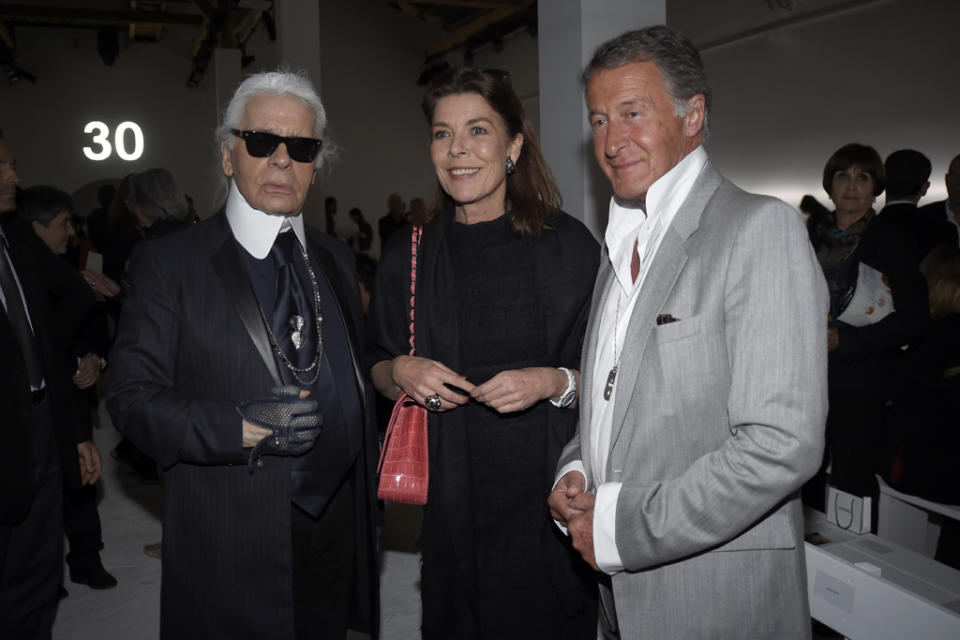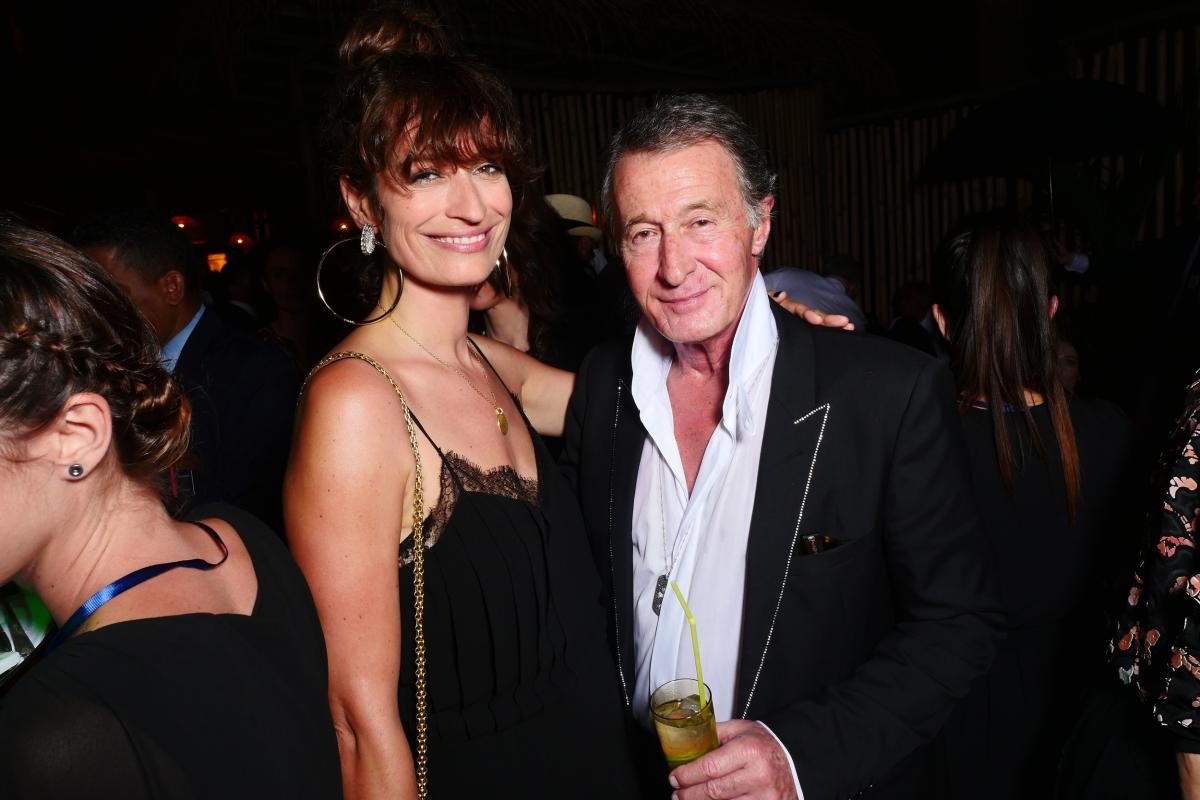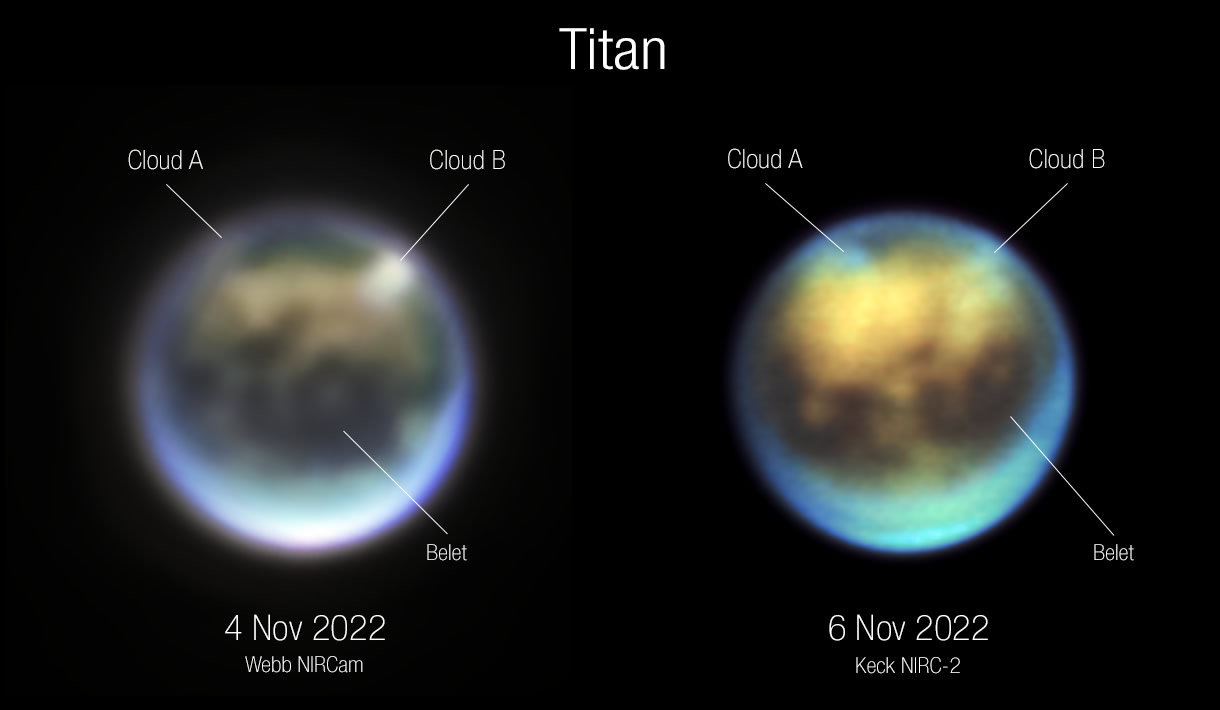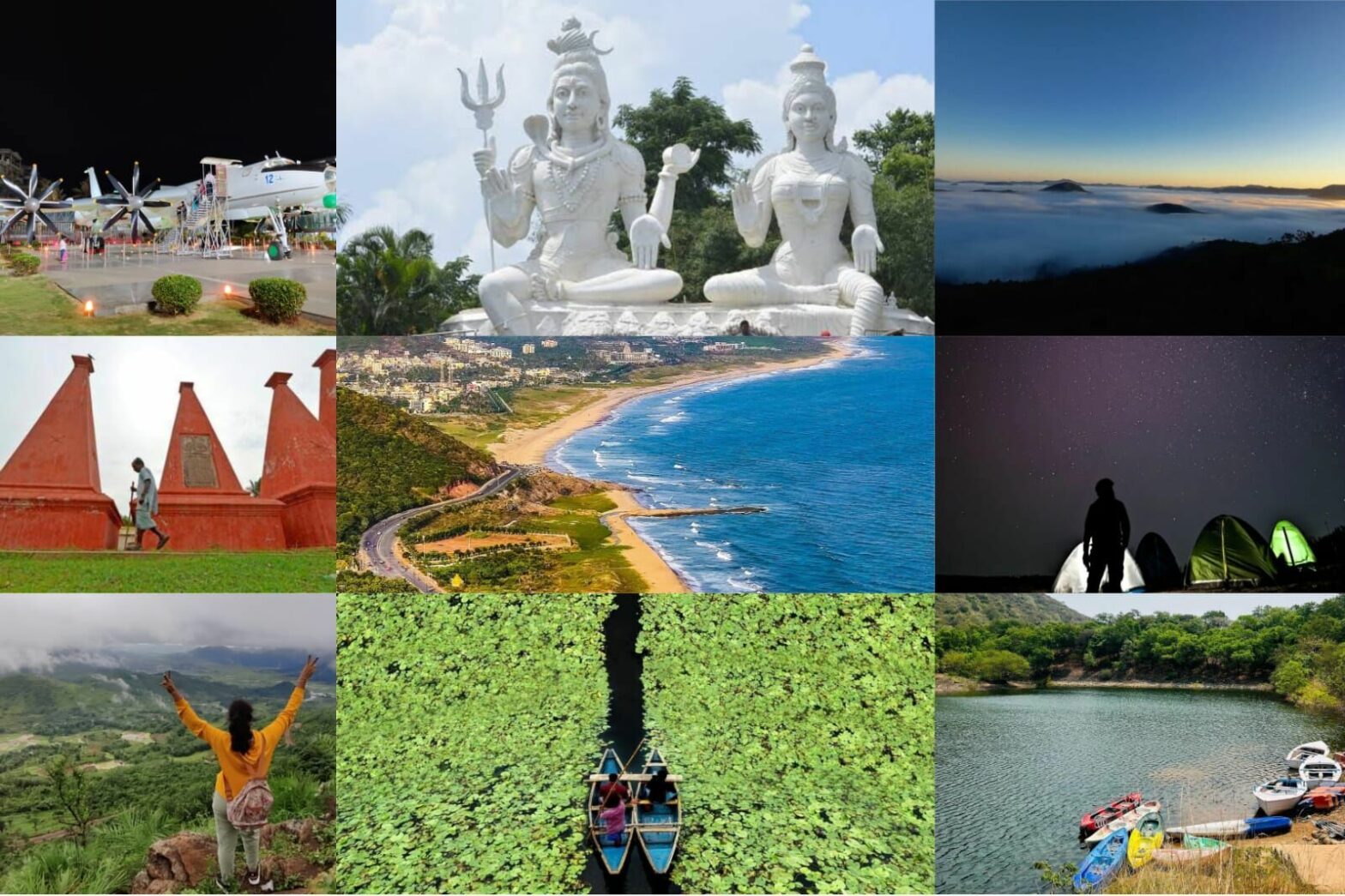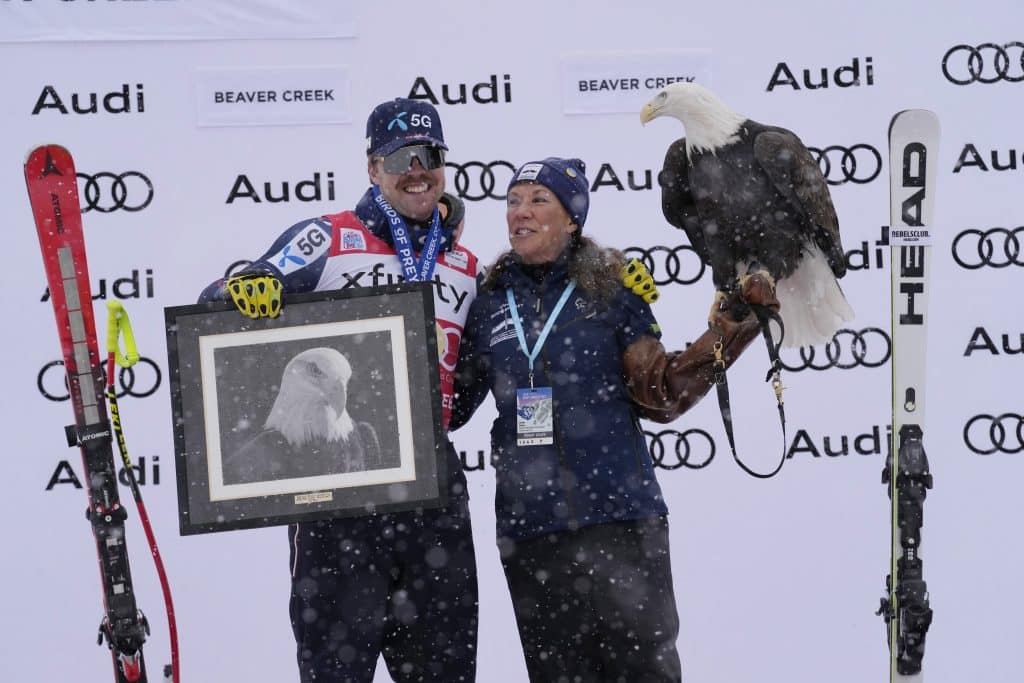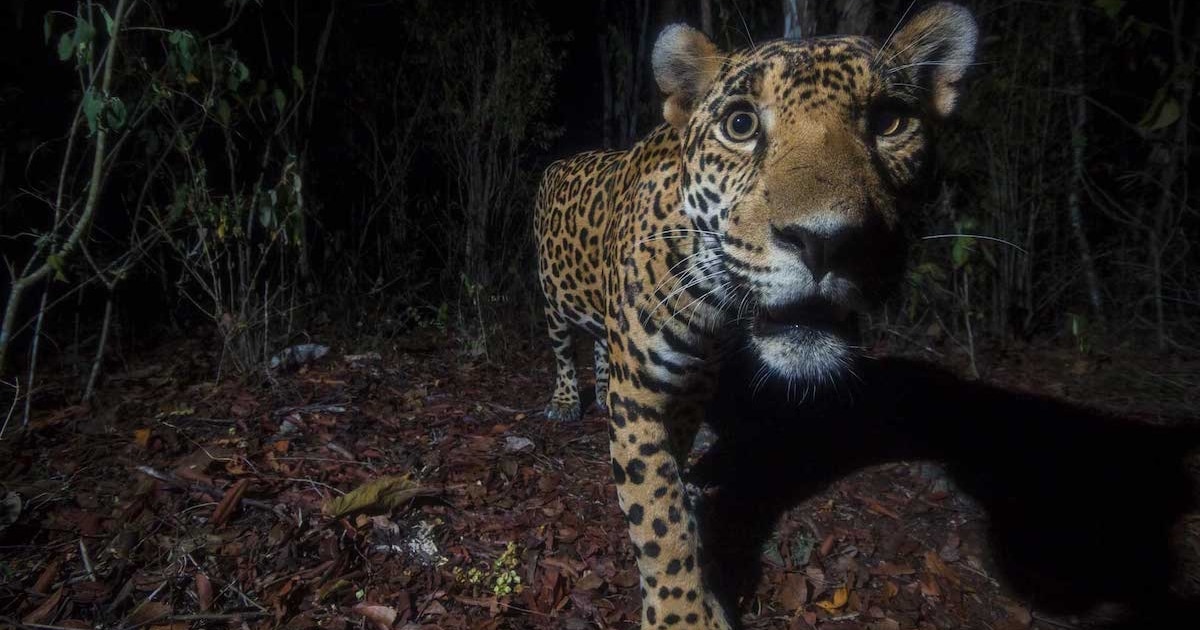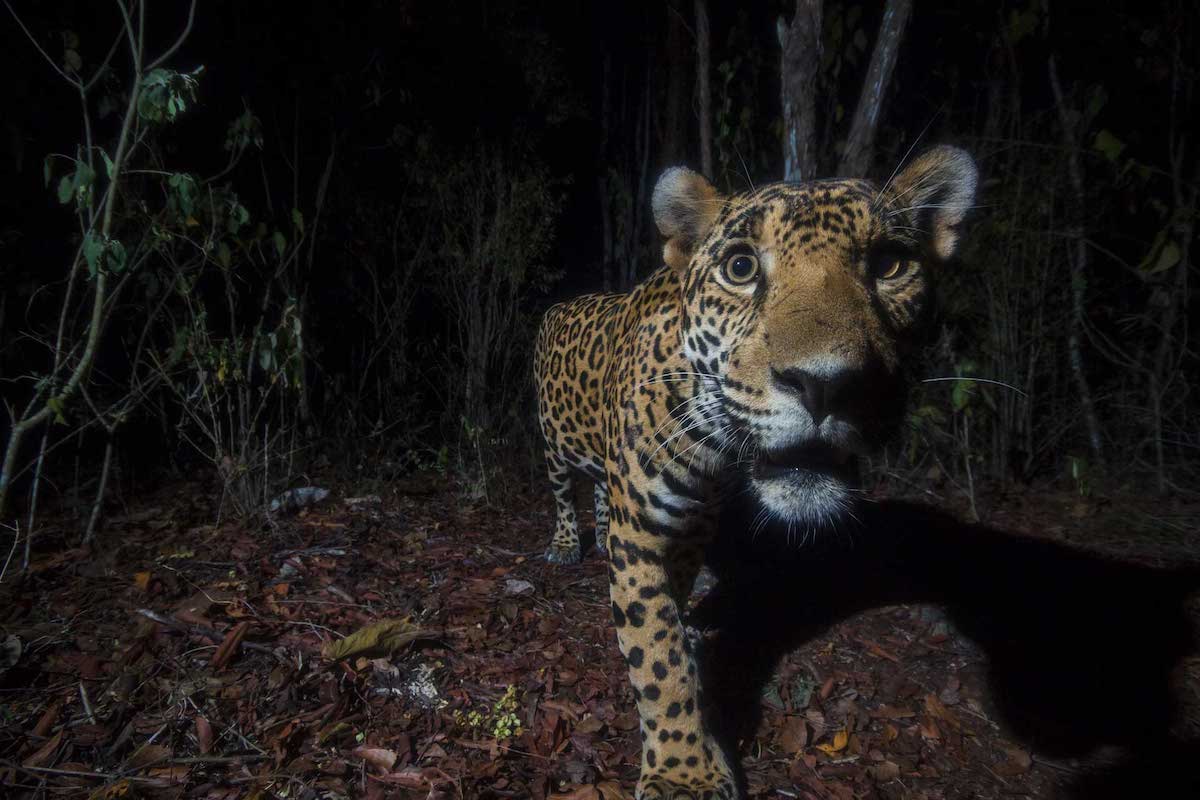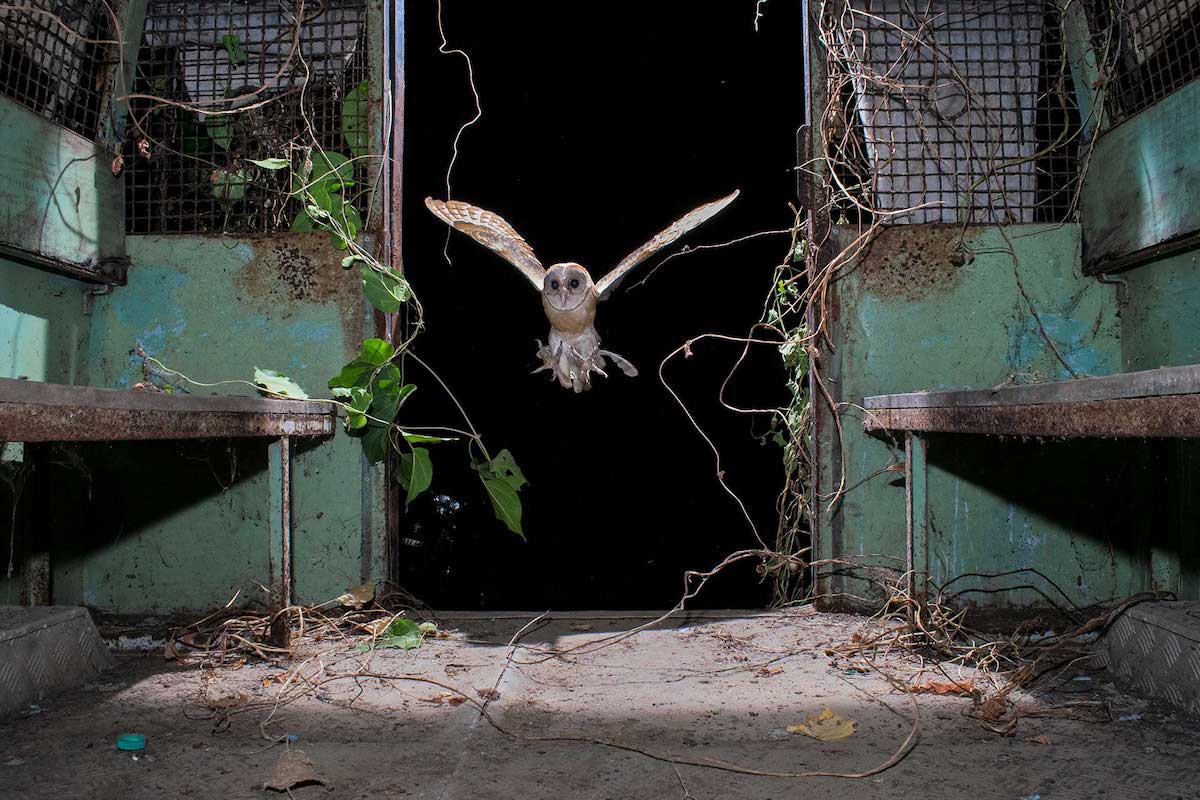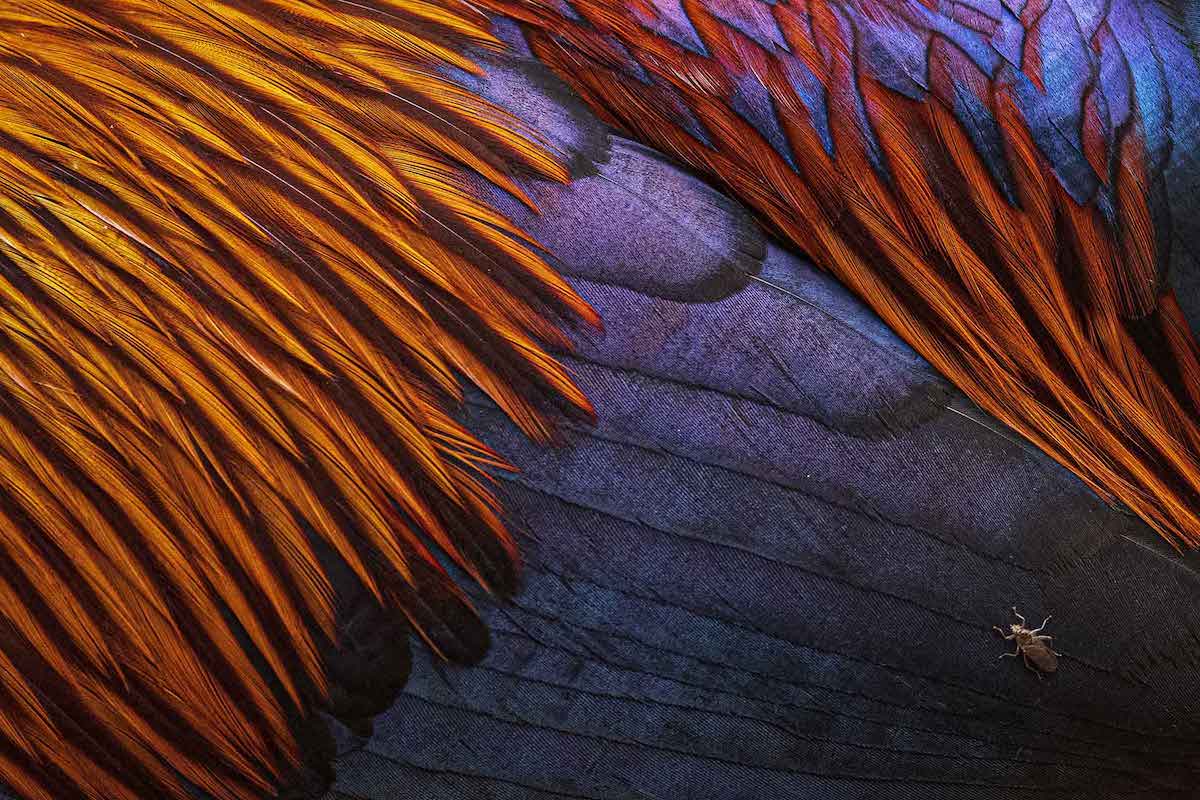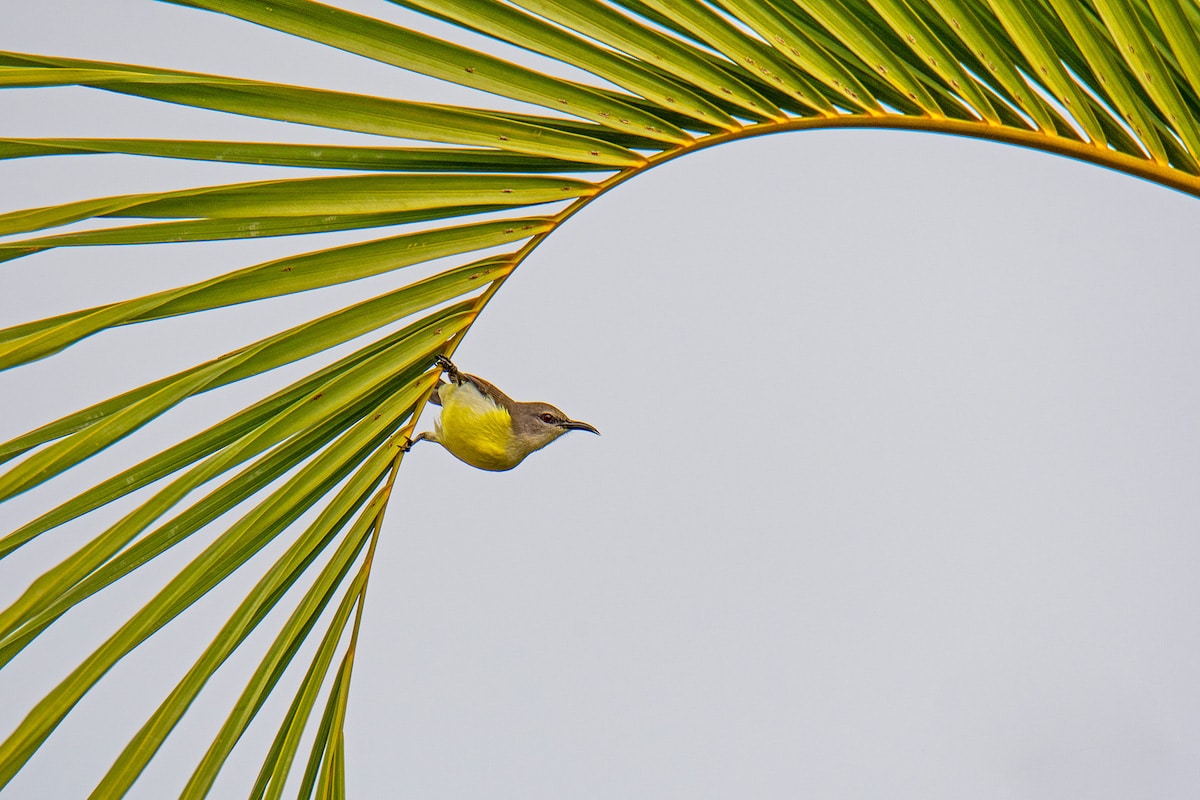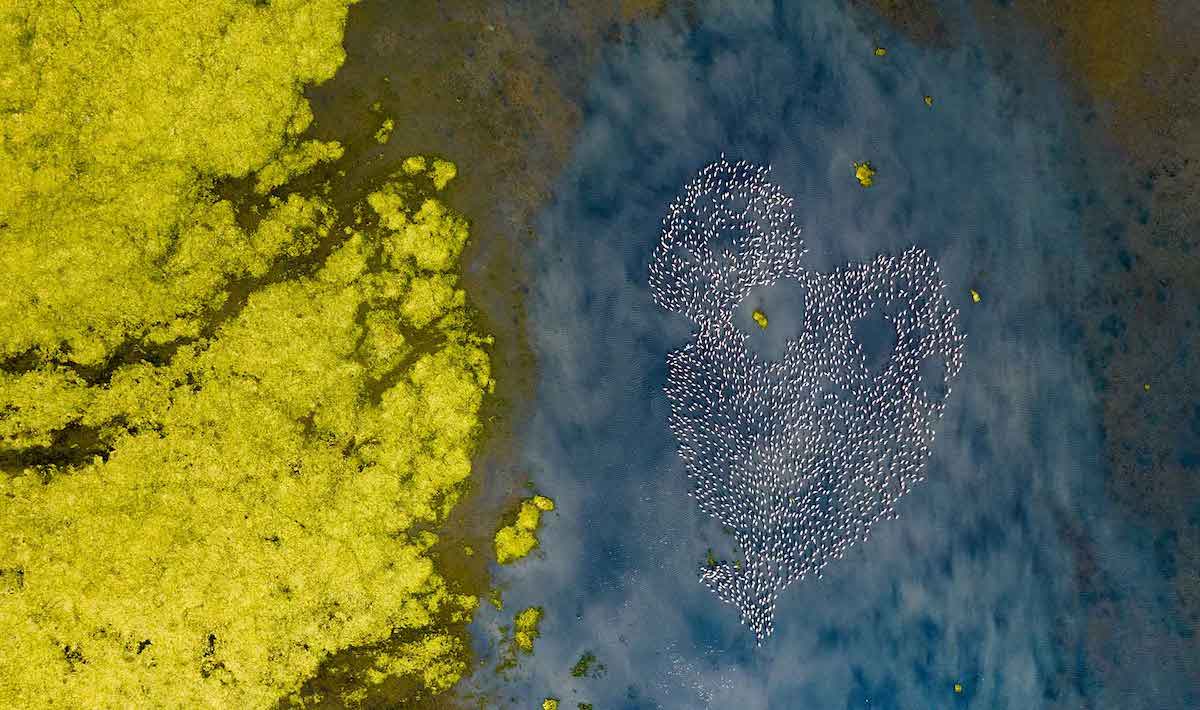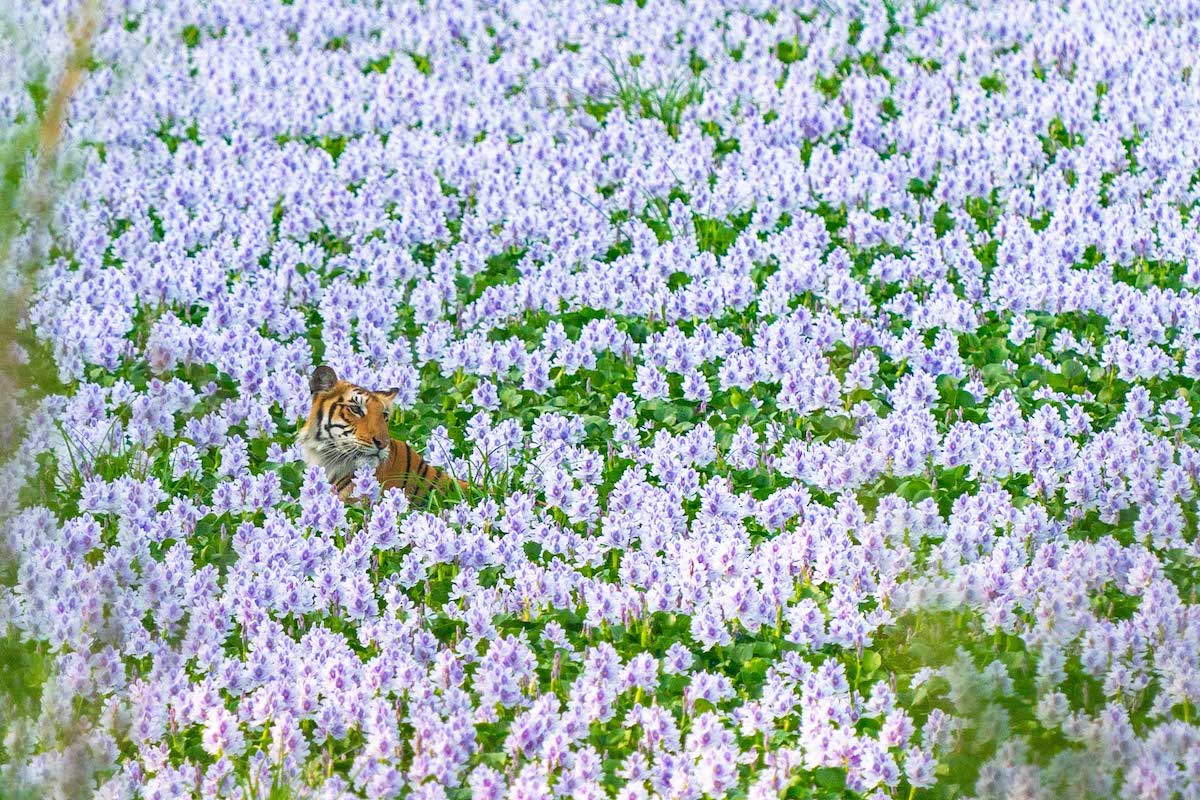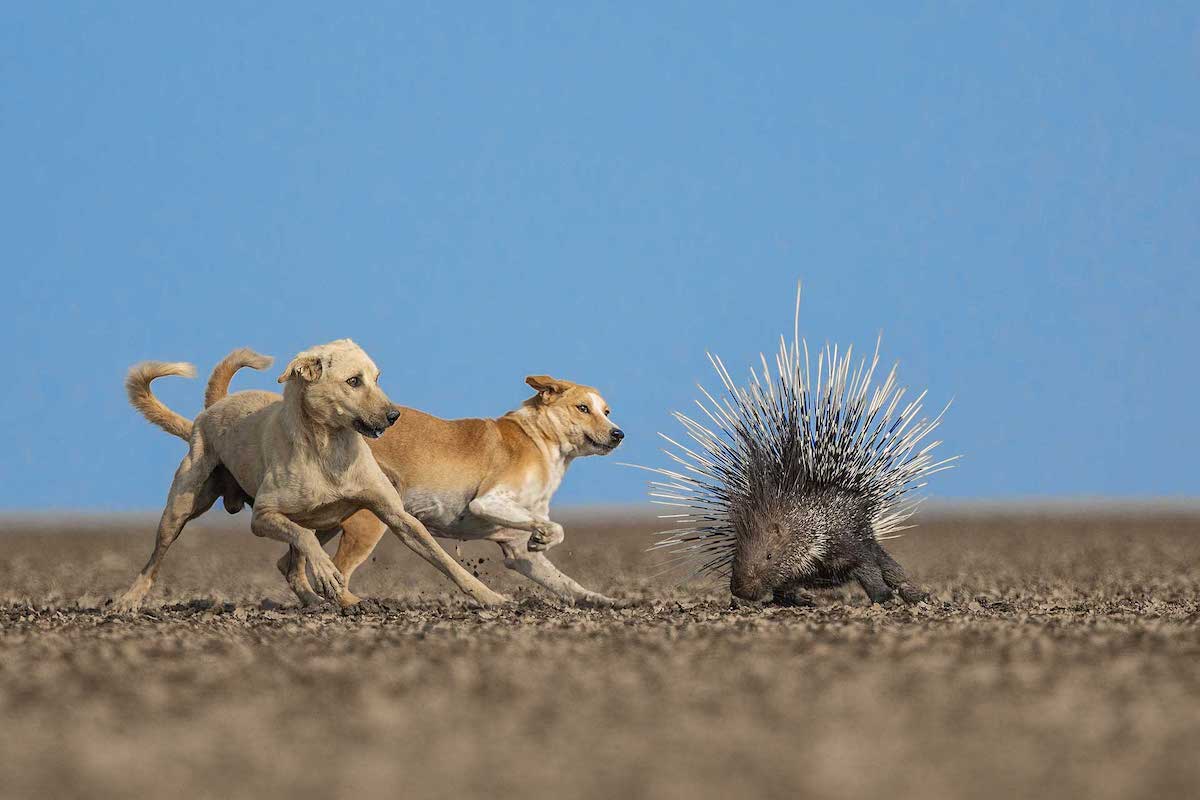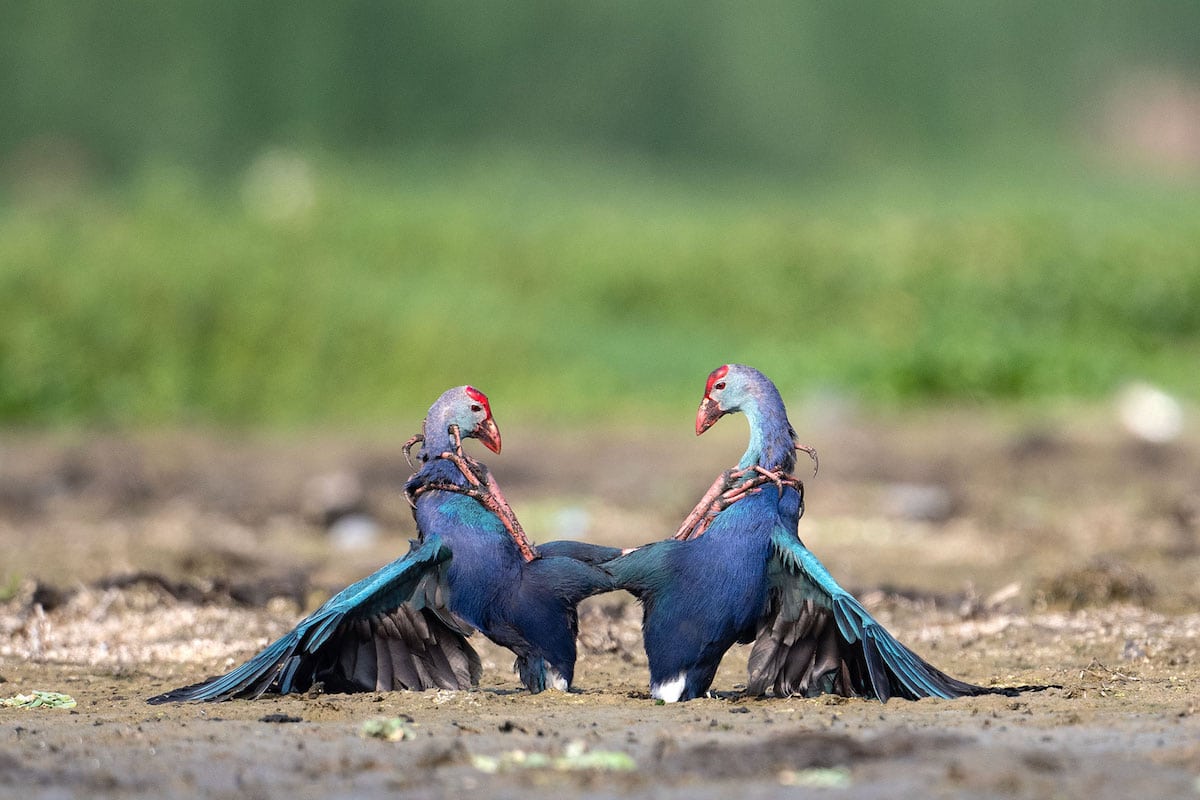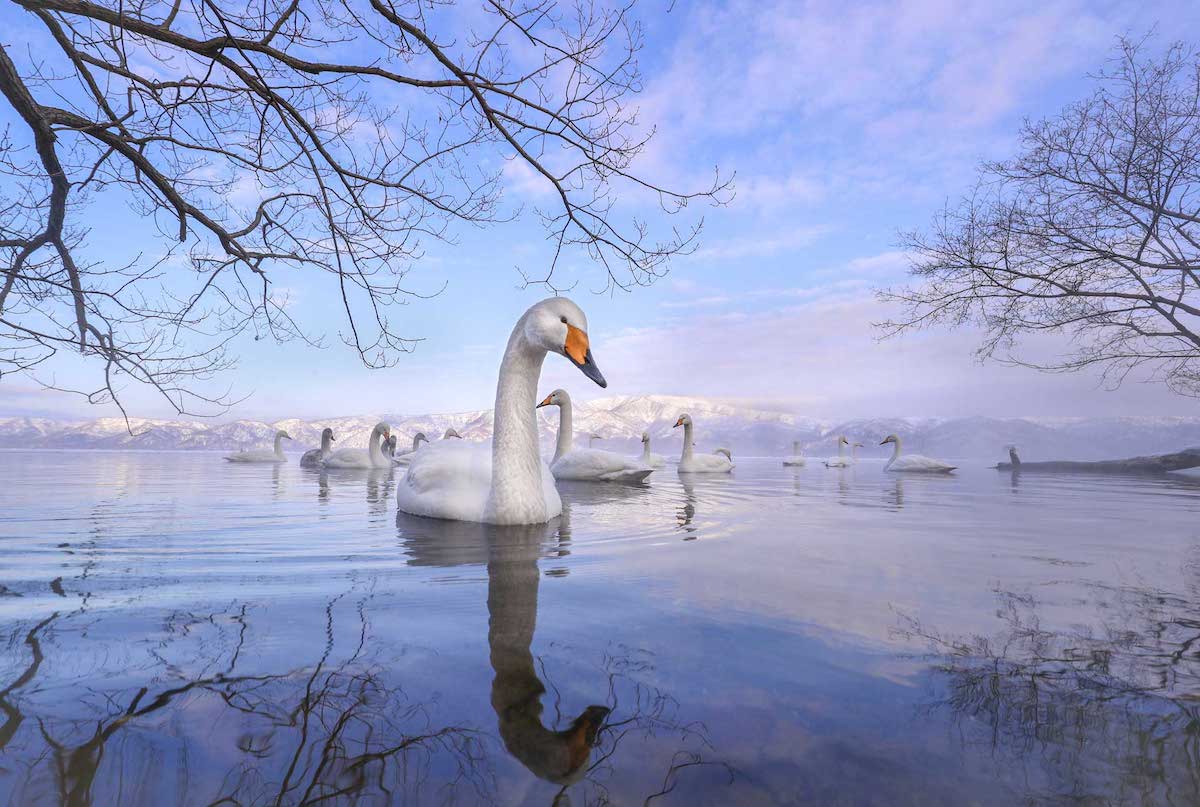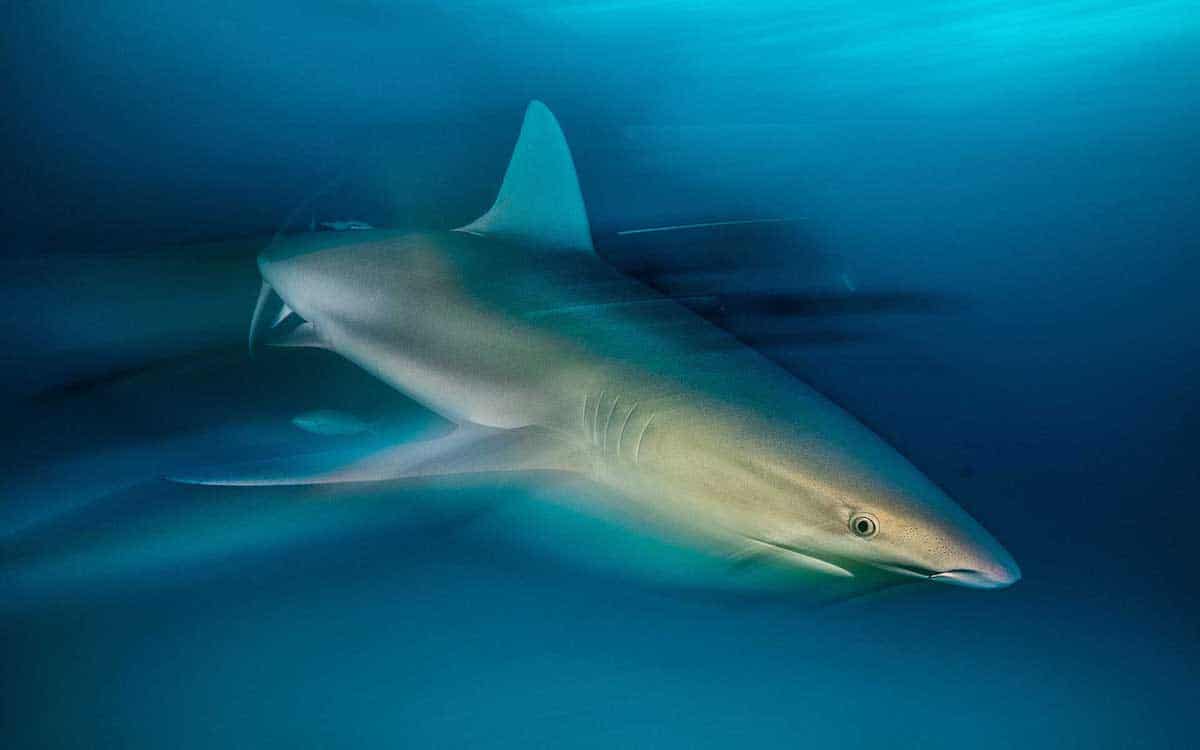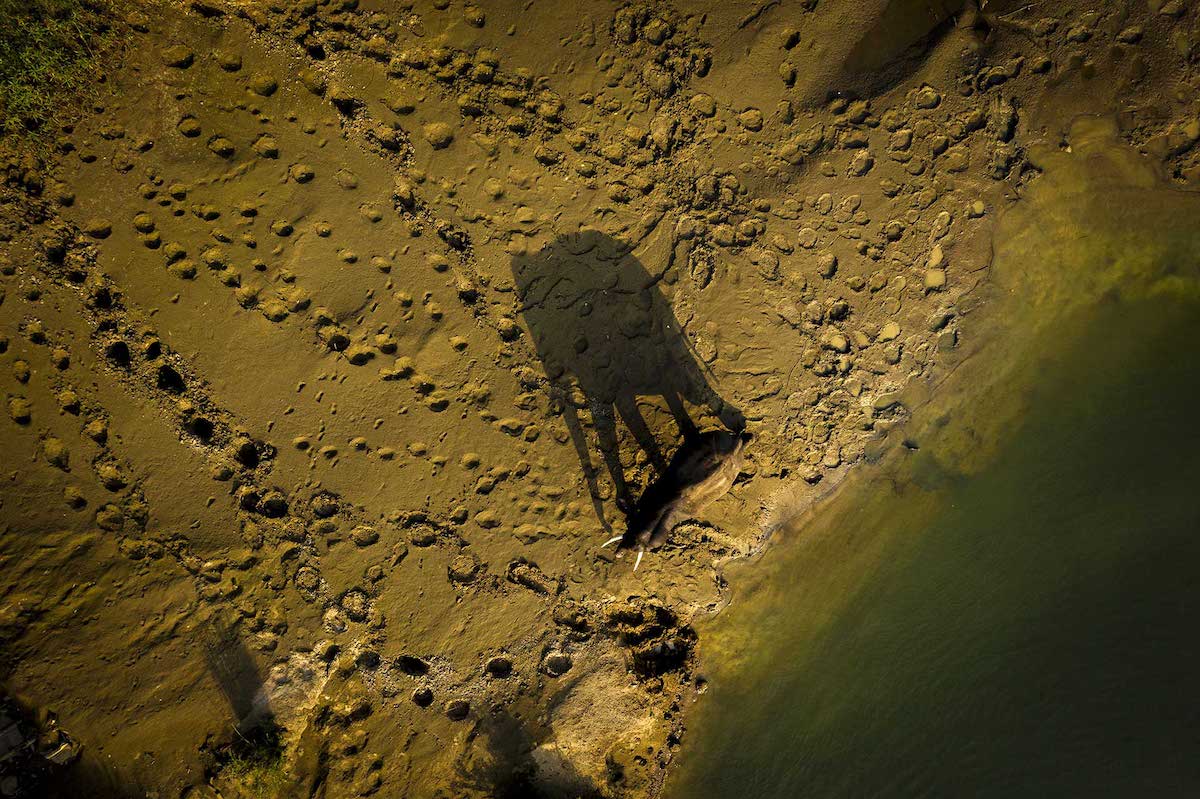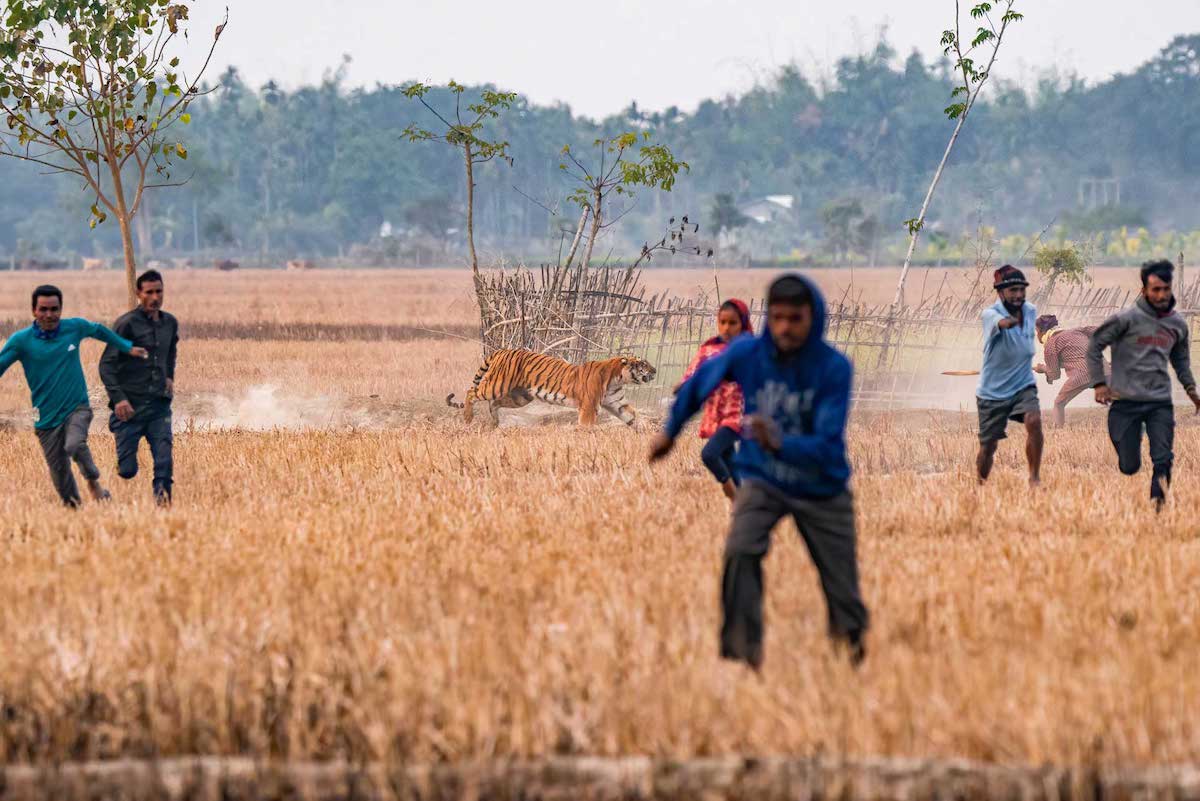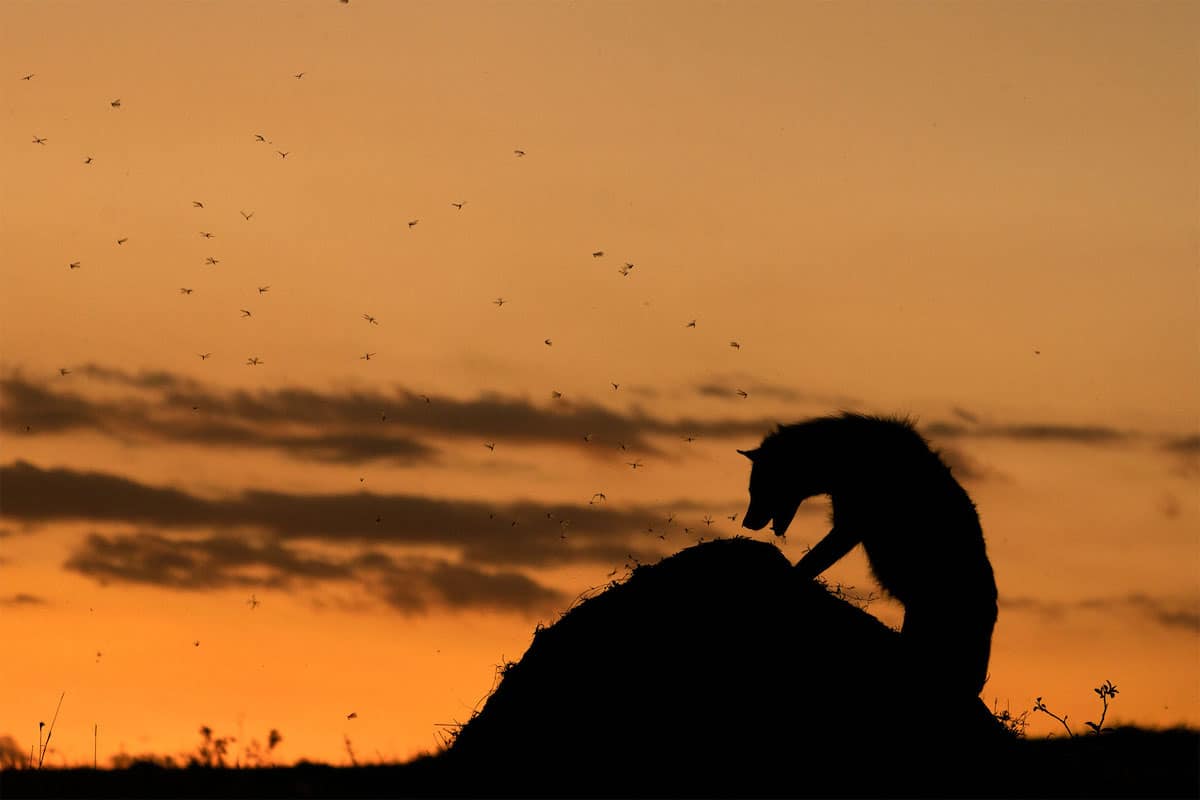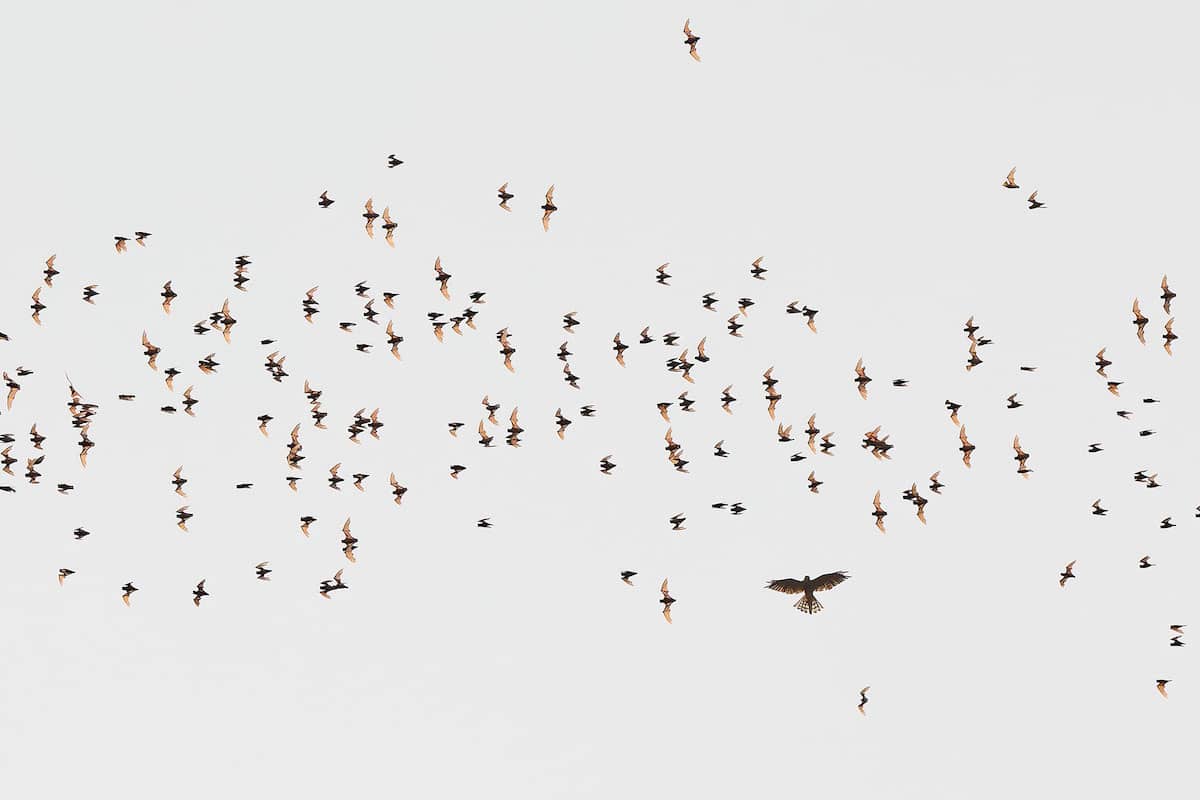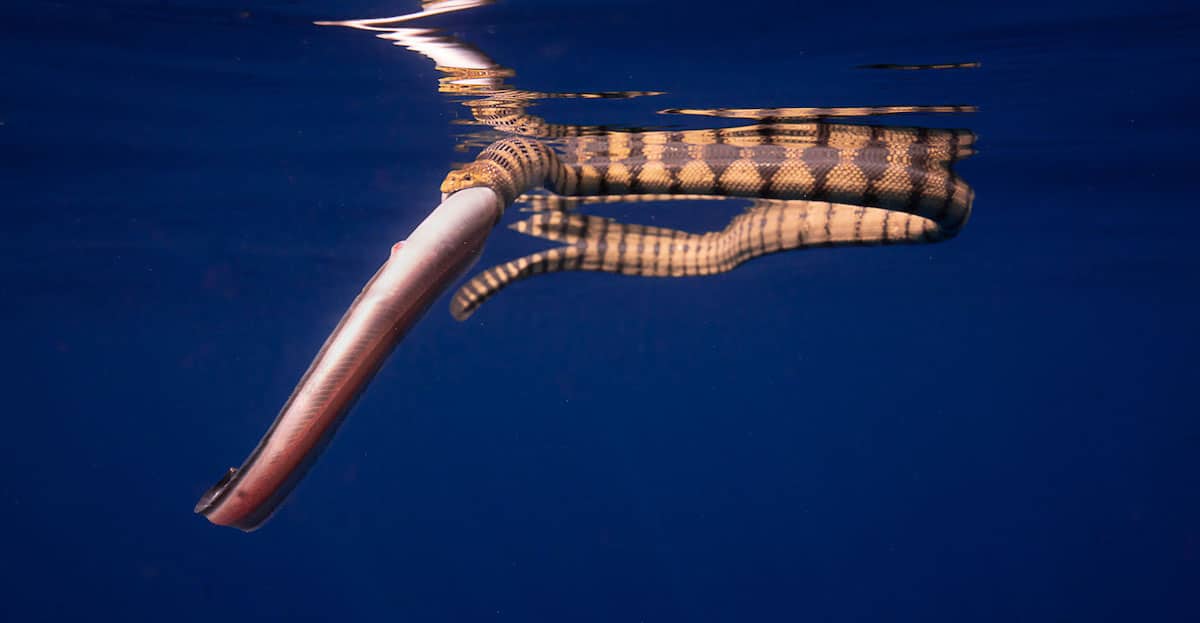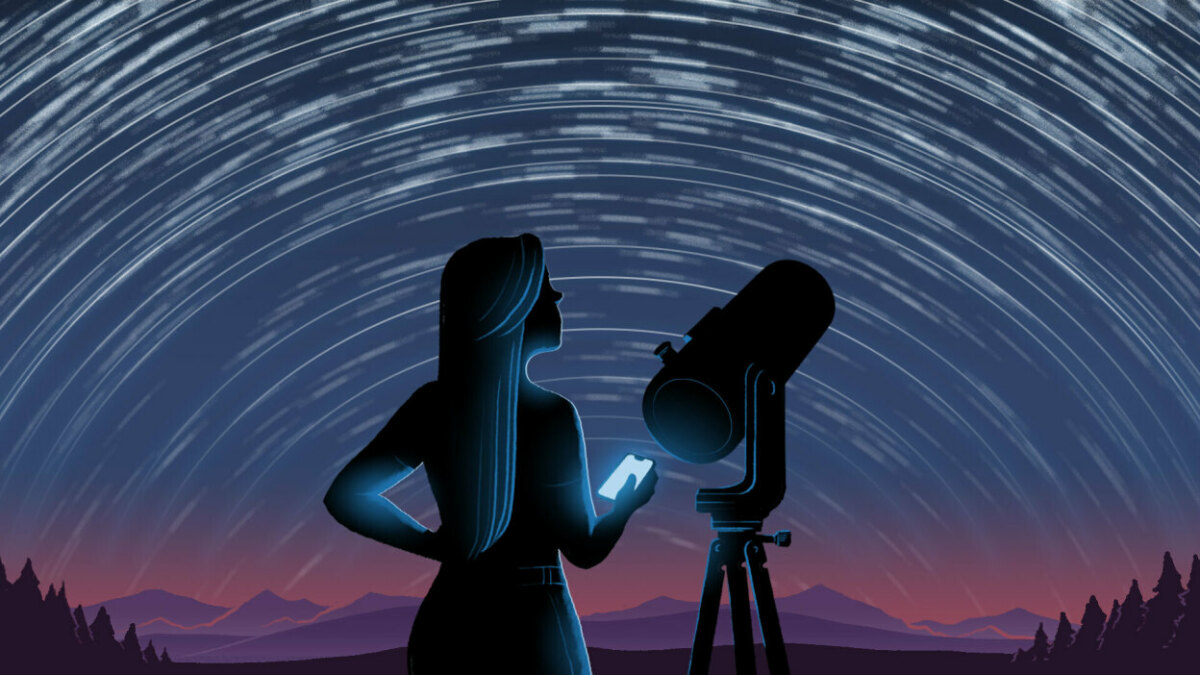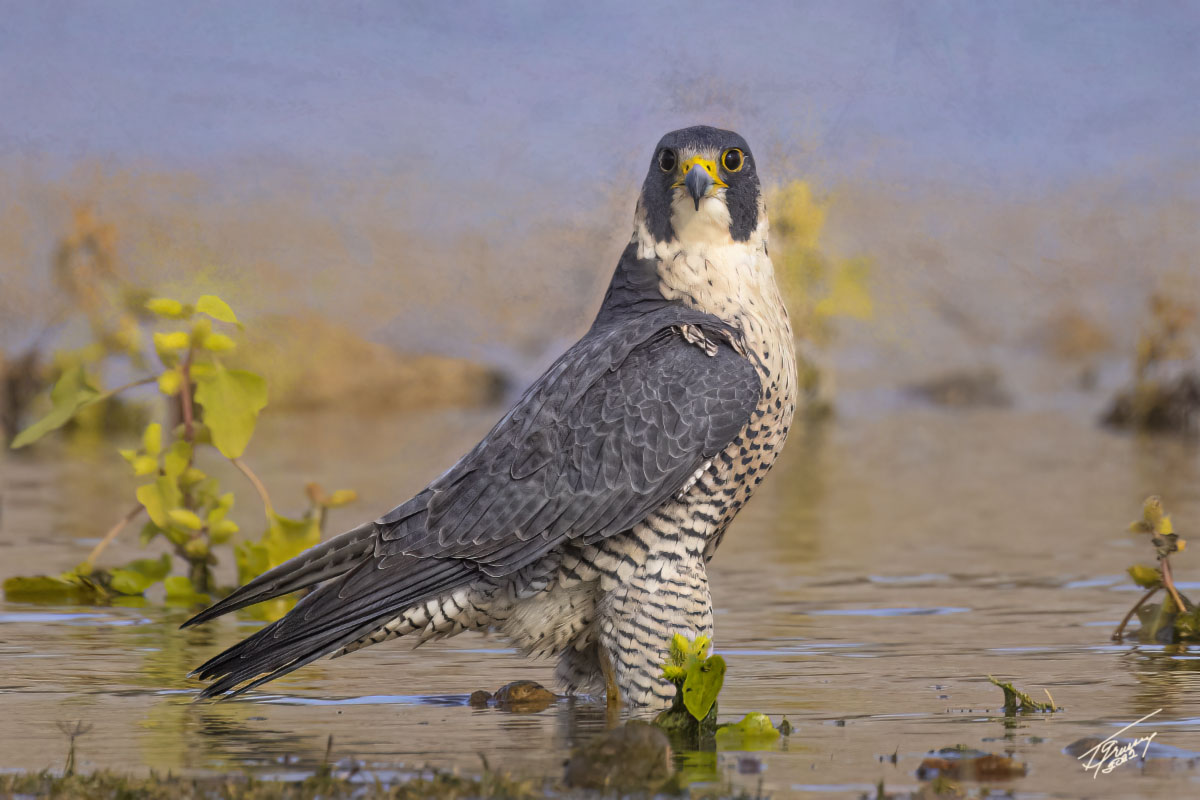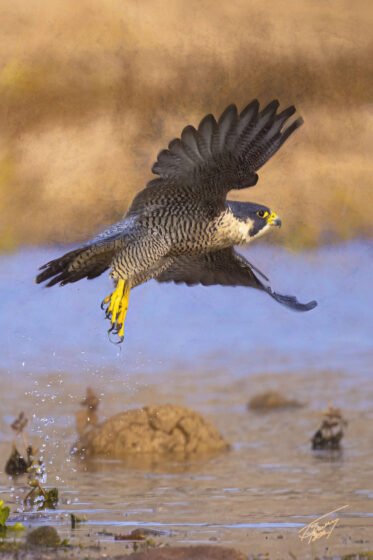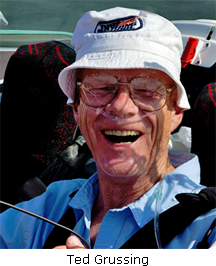![Kailasagiri ropeway to Kondakarla lake: Here are some top destinations tailor-made for weekend getaway in Vizag Kailasagiri ropeway to Kondakarla lake: Here are some top destinations tailor-made for weekend getaway in Vizag]()
If you are in the City of Destiny, there is no dearth of hot spots to cool it off. Whether you are looking forward to a short vacation amid rejuvenating nature or glitzy and enjoyable places to hang out with friends, family, or solo, Vizag has something to offer for everyone in all seasons.
Sun and sea-kissed beaches, lush green eco-parks, forests of the Eastern Ghats, intricate and intriguing heritage sites, museums mist-cloaked hilly heights, rustic beauty of rural and tribal culture, wildlife, and bird sanctuaries are all waiting to make your holidays memorable.
That’s not all. If you are an adventure aficionado, you may enjoy water sports at certain beaches, including scuba diving, kayaking, jet-ski, and speed boating. There are excellent trekking trails to take you through nature therapy and cardio and it would be a bonus if you are an avid bird watcher and a nature photographer.
Whether you are interested in the pilgrimage or temple tourism or you’re a history and heritage lover, you will be delighted to see the temples, monasteries, churches, and colonial structures of Old Town. For those who would like to soak in the glitz and glamour of the cosmopolitan city, there are several shopping malls, multiplexes, upscale restaurants, cafes, food courts, and around a dozen five-star hotels to choose from.
Here are some of the top destinations tailor-made for weekend getaway in Vizag:
The Beach Road:
Beaches and Parks
The long-drive-worthy 30-km long Beach Road that stretches from Vizag to Bheemili, between hills and seas, is dotted by several beaches such as the famous Ramakrishna (RK) Beach, Yarada Beach, Rushikonda Beach, Thotlakonda Beach and Bheemunipatnam (Bheemili Beach with its heritage Dutch cemetery), there are several sea-view parks including the Vuda Park, Tenneti Park, Lumbini Park, Children Parks, besides the Central Park and Shivaji park located in the city.
You may enjoy various activities on the beaches – from horse riding to beach volleyball and water sports to shopping traditional oyster and shell crafts and eating local savories. For nature lovers and solitude seekers, sunrise over the sea, flooding the sky in orange-yellow hues, is a visual treat that should not be missed.
Explore the submarine and military aircraft at the Museums
Vizag boasts of some interesting and unique museums in the country such as the Kursura Submarine Museum and TU 142 Aircraft Museum opposite the submarine and near the Visakha Museum. All three are lined up near R K Beach and it offers a good time pass.
Enjoy a panoramic ropeway ride to Kailasagiri hills
Kailasagiri is one of the most popular hangout spots in the city, both among Vizagites and visitors. Though one can drive up to Kailasa hill, which houses many attractions including parks, gardens, walking trails, sculptures, viewpoints, and eateries. Nothing however beats the rope-way or cable-car ride from the foothills to the hilltop, which offers a stunning view of the cityscape, Tenneti Park, and the panoramic sea against the backdrop of the green Kailasa hills.
Opt for educative tours at Vizag Zoo Park and Kambalakonda eco-project
One of the largest zoos in the country, the 625-acre Indira-Gandhi Zoo Park (IGZP) in a natural forest setting, houses around 900 fauna and is an ideal place to hit with the family, especially with children for a fun and educative tour. The vast KambalaKonda Reserve Forest (around 7,146 hectares), on National Highway 5, almost opposite the zoo park, is an eco-tourism project. It is home to around 130 species of flora and several species of fauna such as deer of various kinds, leopards, pangolins, civets, rabbits, rarely-seen reptiles, birds, etc.
Opt for a boat ride and birding at Kondakarla Ava lake
The state’s second largest freshwater lake Kondakarla Ava is an extensive area of rich aquatic biodiversity – with lotus plants, fish, and hundreds of species of resident avifauna and migratory birds. Located around 50 kilometers from Vizag city, near Anakapalle, this scenic lake amidst small hills, attracts picnickers, bird watchers, and nature lovers around the year.
Ancient Buddhist heritage sites and moonlight meditation
The 2,000-year-old Buddhist heritage sites of Thotlakonda and Bavikonda near Vizag city and Bojjanakonda, 45 km away, have drawn tourists even from Buddhist nations including Japan and Sri Lanka. The hilltop archaeological Thotlakonda and Bavikonda monastic complex with stupas, chaitaya grihas, and viharas, date back to the second century and are ideal for meditation under the moonlight. The ASI’s Buddhist establishments of Bojjannakonda and Lingalakonda in Sankaram village near Anakapalle, feature remarkable rock-cut caves, numerous monolithic (carved out of a single rock) stupas, chaityas, and monasteries dating back between the 4th to the 9th centuries AD. Evidence suggests three forms of Buddhism thrived here namely the Theravada, Mahayana, and Vajrayana periods.
Simhachalam and Madhavdhara temples
Situated atop the Simhachalam Hill, the Vishnu temple dedicated to Varaha Lakshmi Narasimha Temple draws lakhs of pilgrims and visitors per month from various parts of the country. The 13th-century temple displays some intricate Kalinga, Chalukya, and Kakatiya dynasty architecture and sculpture.
Tucked away in pristine surroundings amidst hills and forests is a beautiful centuries-old temple dedicated to Krishna or Madhavswamy at Madhavdhara. It’s said that the deity and the initial temple structures dated for almost a thousand years. The specialty of this temple is a flight of ancient staircases that connect the famous Simhachalam Temple.
Weekend wanderlust
For those of you who prefer to recline in the lap of nature or trek to imbibe the beauty of nature in tranquillity, there are many less-frequented places beyond the popular destination-in-demand Araku Valley and Borra Caves.
Lammasingi
Though the infrastructure for a night stay is not yet developed (beyond pitching tents under a star-studded sky), it is worth a visit to enjoy the dipping mercury in peak winter, misty morning walks in forested tracks, and the strawberry farms and coffee gardens of picturesque Lammasingi, in Chintapalli Mandal. It is situated around 100 km from Vizag city at an altitude of 1,000 meters above sea level.
Dallapalli near Araku Valley is special because it offers a 360-degree view of the hills and scenic surroundings. Dotted with coffee plantations, forest lands, and tribal villages, Dallapalli can be a reposeful retreat far from the madding crowd of the city.
ThatIpudi Reservoir
At a distance of 65 kilometers from the city is the picture-postcard ThatIpudi Reservoir. It is an ideal place to explore for nature and bird lovers as well as photography enthusiasts as the scenic place houses a dam, lake, lovely hilly surroundings, greenery, and birds can be an ideal place to explore for nature and bird lovers as well as.
Vanjangi
If you want to be greeted by a cascade of clouds and view a spectacular sunrise, then head to the Vanjangi Hills, situated at around 3,400 feet above mean sea level, about 100 km from Vizag city. Reaching the hilltop entails a six-km uphill trek through forest trails but the surrealistic dream-like landscape is worth a visit.
Jindhagada Peak:
Jindhagada or Arma Konda is the highest peak in the Eastern Ghats at a height of 1,690 meters, located in Araku valley. This peak should be on every trekker’s must-visit list and entails a five-hour steep uphill trek. So be prepared to carry adequate drinking water, food, first aid kit, and use the correct footwear.
This article was written by Sulogna Mehta

